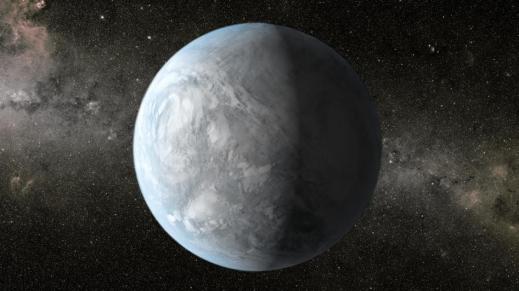22 January 2014
This film starts with an image of a betrothed woman who cheats on her soldier with another. It is assumed that this very woman turns into the bed-ridden old grandma. Her daughter takes care of her and has had two daughters from two happy marriages. She also takes on a third suitor during the film. According to Nina (the daughter) the only unhappiness in her own marriages was her mother. This is the only explanation we get as to why the marriages ended. Her oldest daughter, Lida, turns out to be a mistress like her grandmother had been. The youngest daughter, Nastia, is pregnant and the father loves her and is willing to be with her and the baby. These are the women that live in the house.
Every day, as they get ready, there hangs a poster of Adam and Eve on their bathroom door. The poster seems to say: for every man, there is a perfect woman who suits him so well, it is almost as if he made her from a part of himself. The message of the movie, though, is something completely different. It seems to say that there is no one man for every woman or vise versa. The grandmother is the first example. She looked so happy getting married, yet she looked just as happy with her lover. Next, we have Nina. The men that fathered her children are perfectly good men which love their daughters as well as Nina, still, even though they are separated. She also falls easily into a romance with a new man. Again, we see that there could have been any number of men Nina could have settled down with. Lida is another example with her affair. Nastia also shows an unconventional pairing.
The director seems to tell us that there is no one perfect man. There are choices. However, the director does seem to say that if we do not choose one and take advantages of this knowledge that there are choices, we (women) will live a miserable life, as exemplified by the grandma.
They treat the grandma like a child. From the way Nina speaks to her to the television program she watches to changing her diapers, she is one pouty child. At one point, Nina gets frustrated with her and accuses her of acting. Then, at the end of the film, the old and supposedly paralyzed lady gets up out of bed and the film abruptly ends after showing the shocked and somewhat angry faces of her caretakers.
The grandmother was probably the biggest symbol in the film. Of what, though? I am not sure. Wether I feel sorry for her or am angry with her, it is hard to say. Maybe by getting up, she symbolizes the breaking of this cycle the women seem to follow in the house. The movie is left wide open for interpretation. Though maybe too open to grasp what was going on the mind of the director.



























